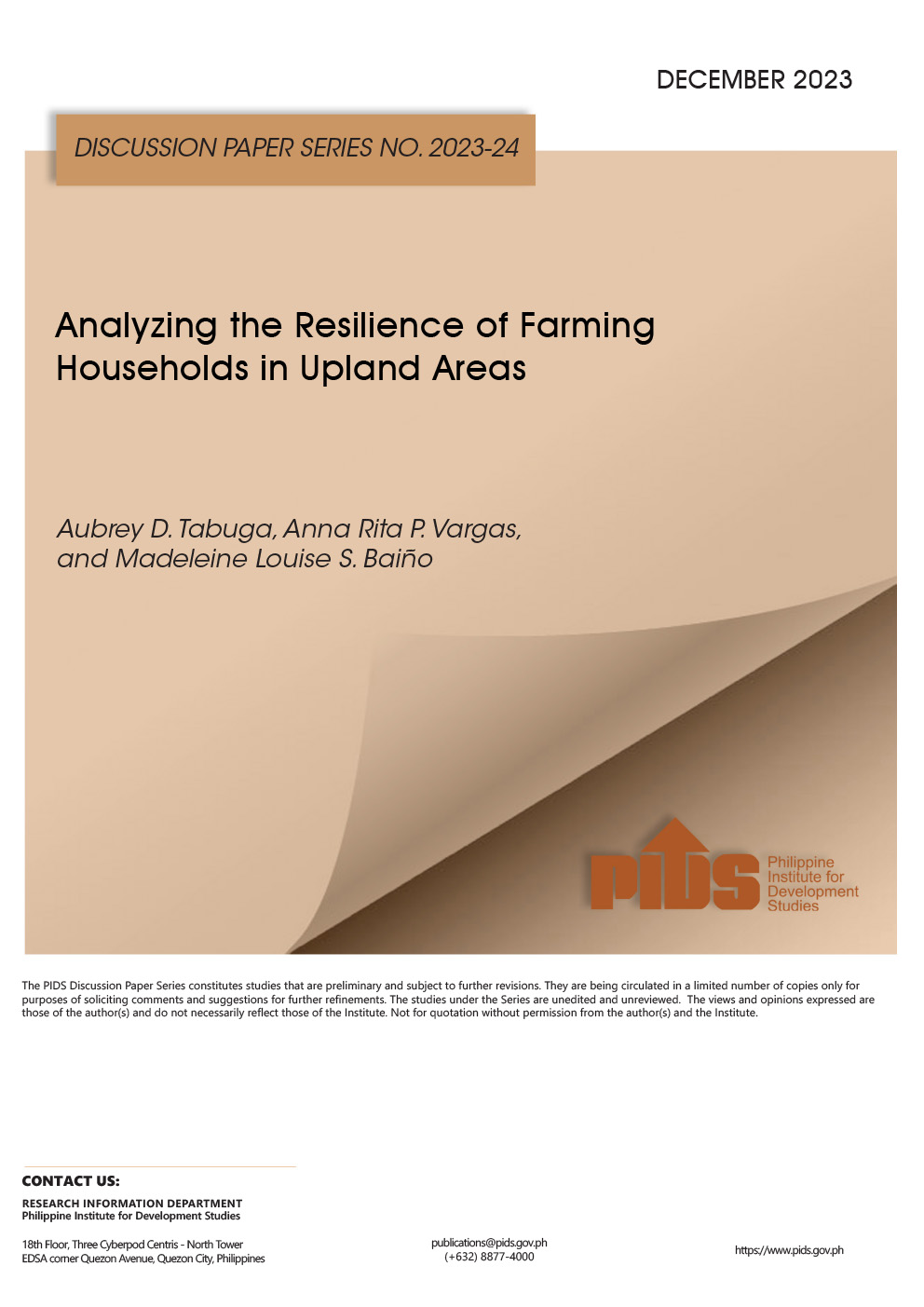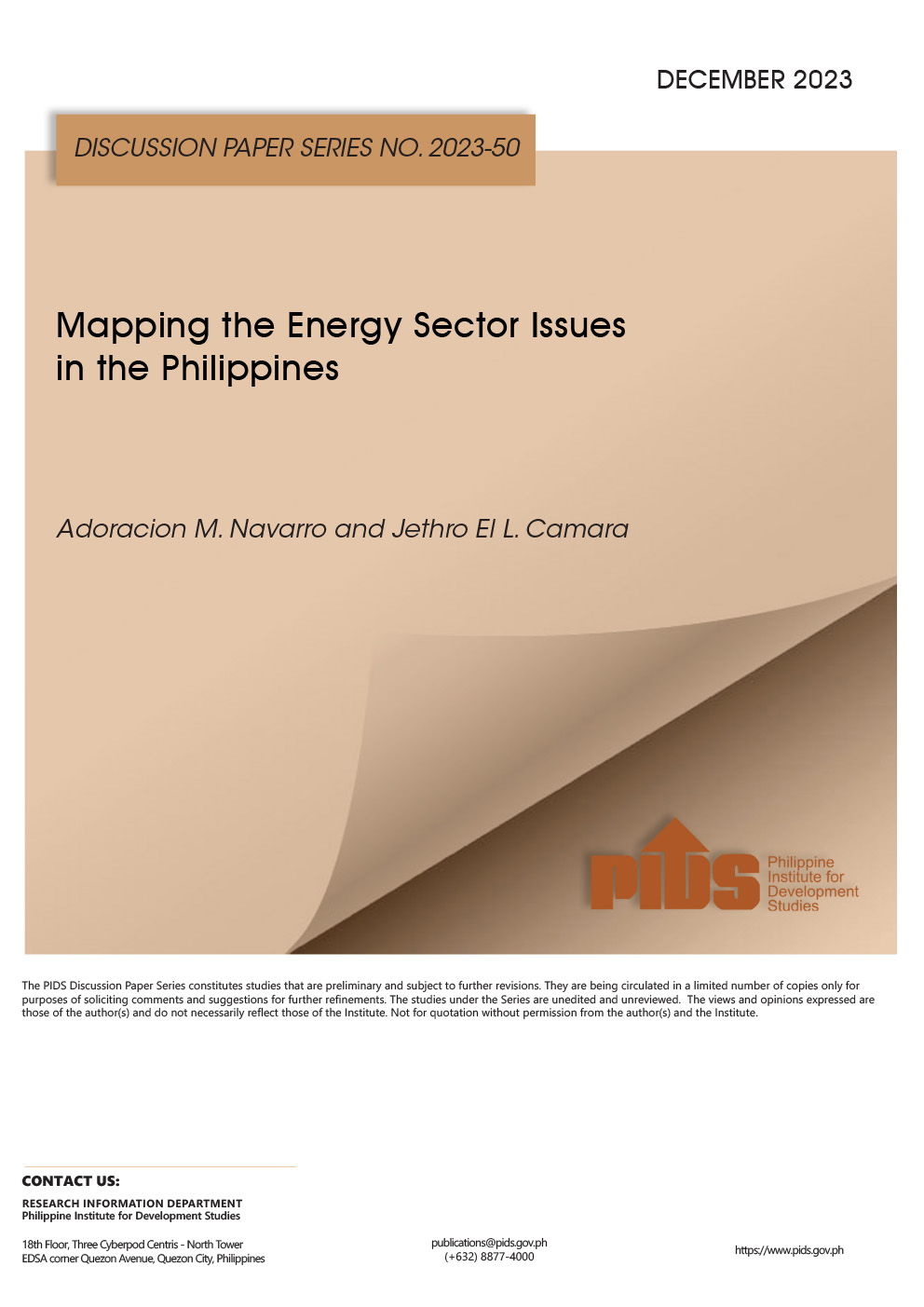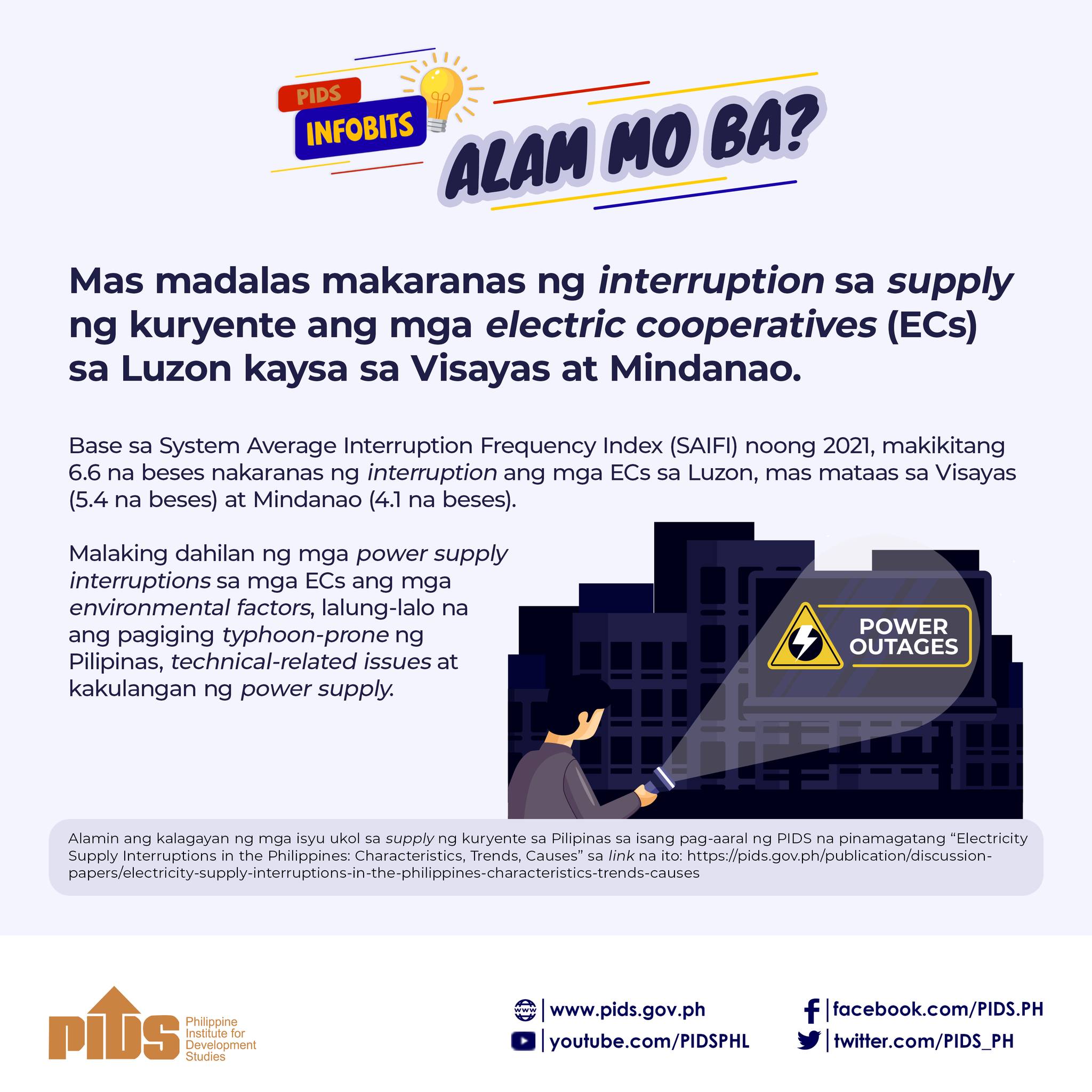MILLIONS of Filipinos, especially those in far-flung areas, live without electricity despite the intensified electrification program of the government.
The electrification rate in the Philippines stands at 87.5 percent, which means that nearly nine out of 10 households have access to electricity, according to the World Bank.
A research from government-owned think tank Philippine Institute for Development Studies (PIDS) said that at least 16 million Filipinos had no access to electricity in 2013.
That year, the country’s electrification rate was 83 percent. Urban electrification was at 94 percent and rural electrification stood at 73 percent.
In some off-grid areas, residents rely on the typical large hybrid solar battery installations to store energy from the sun. But this equipment is too pricey and dangerous to install.
A group from the University of the Philippines–Diliman hopes to minimize the cost of home solar installations by coming up with Jolt, a portable, high-energy capacity, multi-functional and easy-to-use energy storage device that can be connected to solar panels.
“Basically, if you want to capture the sun’s energy, you have to find a way to store it. And
the only way is to install a hybrid system,” project head Professor Joey Ocon of the Chemical Engineering department told The Manila Times.
“Unfortunately, it’s very expensive to install solar panels plus batteries. And so our idea is to hasten the transformation to renewables,” he added.
Through the invention, homeowners can directly charge the energy-storage device to solar panels.
“It basically solves the complexity in storing and using energy from the sun,” Ocon said.
Recently showcased at the Asian Institute of Management in Makati City, the Jolt is based on cylindrical lithium-ion batteries, composed of an input-flexible charger (AC and DC), a step-down charger, a 48V battery pack with internally designed battery and passive heat management systems, a DC-AC inverter for three 220V outputs and three USB 5V 2A outputs.
“It can power three laptops. You can also charge appliances and fast charge easy devices like smart phones simultaneously,” Ocon said.
Inversion is done by incorporating a micro-inverter inside Jolt, with the device capable of delivering AC power output.
In the buck power stage, a simple current controlled charger off-the-line from AC or from solar panels is designed.
An LED lamp is embedded in the casing of the battery pack to provide lighting for emergency situations or in off-grid uses.
When the battery pack performance degrades over time, this can be easily replaced with a detachable battery pack cartridge.
“Our dream for this actually is to help people from rural areas and those who are not connected to the national grid. So with this, we could bring more power to the communities in far-flung areas,” co-proponent Jun Jeffri Lidasan said.
The device, which is the size of a rice cooker, can also be charged through wall outlets so even urban households, campers, field professionals who need reliable access to power can use it.
Joining Ocon and Lidasan in the project are students Raphael Layosa and Daniel Fadi Rahayel.
The electrification rate in the Philippines stands at 87.5 percent, which means that nearly nine out of 10 households have access to electricity, according to the World Bank.
A research from government-owned think tank Philippine Institute for Development Studies (PIDS) said that at least 16 million Filipinos had no access to electricity in 2013.
That year, the country’s electrification rate was 83 percent. Urban electrification was at 94 percent and rural electrification stood at 73 percent.
In some off-grid areas, residents rely on the typical large hybrid solar battery installations to store energy from the sun. But this equipment is too pricey and dangerous to install.
A group from the University of the Philippines–Diliman hopes to minimize the cost of home solar installations by coming up with Jolt, a portable, high-energy capacity, multi-functional and easy-to-use energy storage device that can be connected to solar panels.
“Basically, if you want to capture the sun’s energy, you have to find a way to store it. And
the only way is to install a hybrid system,” project head Professor Joey Ocon of the Chemical Engineering department told The Manila Times.
“Unfortunately, it’s very expensive to install solar panels plus batteries. And so our idea is to hasten the transformation to renewables,” he added.
Through the invention, homeowners can directly charge the energy-storage device to solar panels.
“It basically solves the complexity in storing and using energy from the sun,” Ocon said.
Recently showcased at the Asian Institute of Management in Makati City, the Jolt is based on cylindrical lithium-ion batteries, composed of an input-flexible charger (AC and DC), a step-down charger, a 48V battery pack with internally designed battery and passive heat management systems, a DC-AC inverter for three 220V outputs and three USB 5V 2A outputs.
“It can power three laptops. You can also charge appliances and fast charge easy devices like smart phones simultaneously,” Ocon said.
Inversion is done by incorporating a micro-inverter inside Jolt, with the device capable of delivering AC power output.
In the buck power stage, a simple current controlled charger off-the-line from AC or from solar panels is designed.
An LED lamp is embedded in the casing of the battery pack to provide lighting for emergency situations or in off-grid uses.
When the battery pack performance degrades over time, this can be easily replaced with a detachable battery pack cartridge.
“Our dream for this actually is to help people from rural areas and those who are not connected to the national grid. So with this, we could bring more power to the communities in far-flung areas,” co-proponent Jun Jeffri Lidasan said.
The device, which is the size of a rice cooker, can also be charged through wall outlets so even urban households, campers, field professionals who need reliable access to power can use it.
Joining Ocon and Lidasan in the project are students Raphael Layosa and Daniel Fadi Rahayel.










